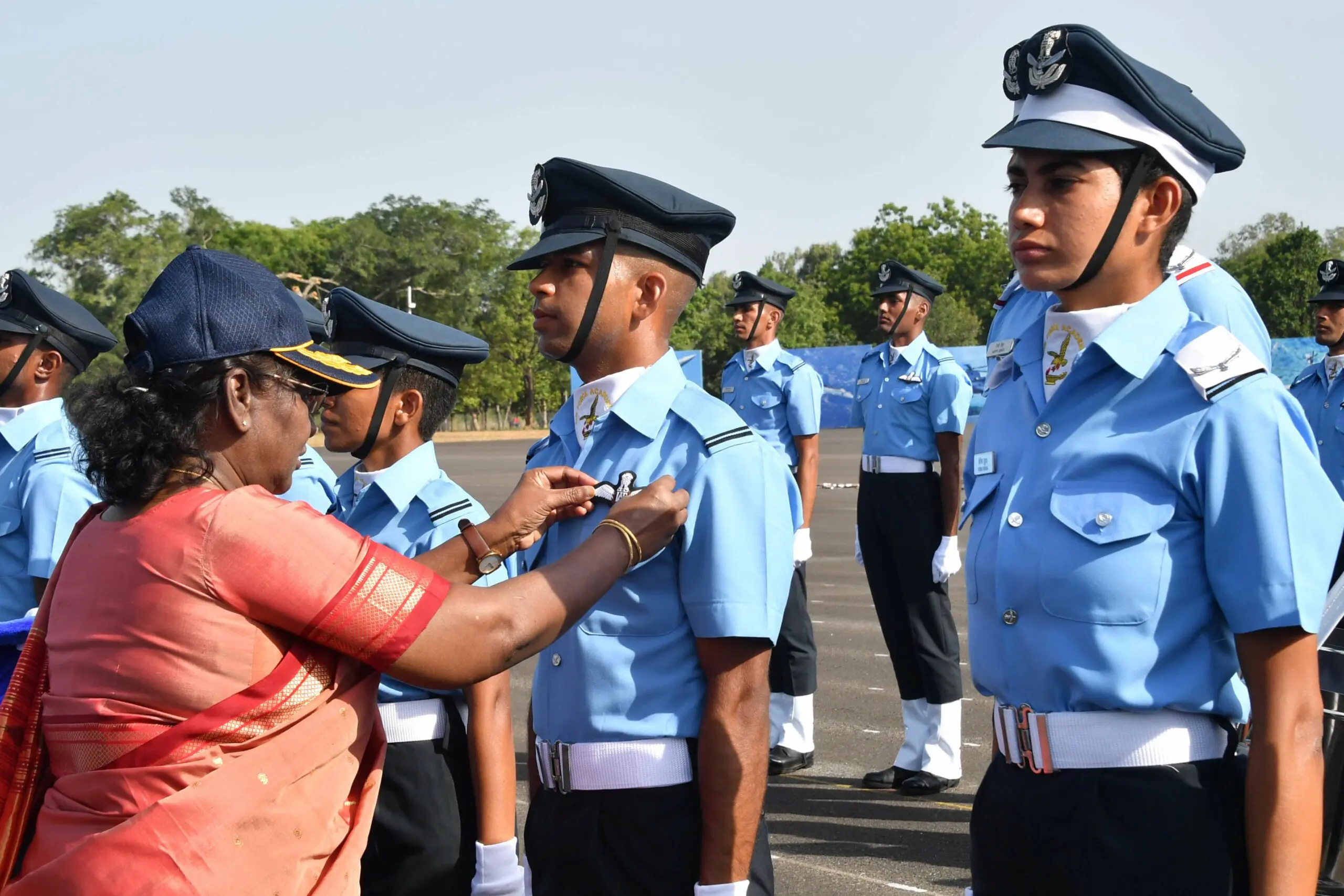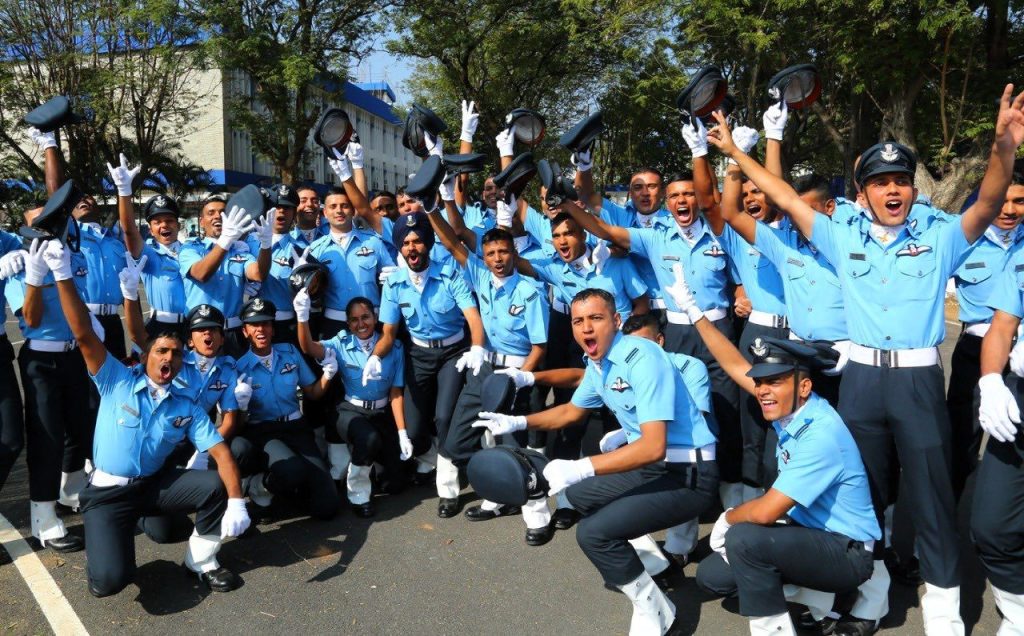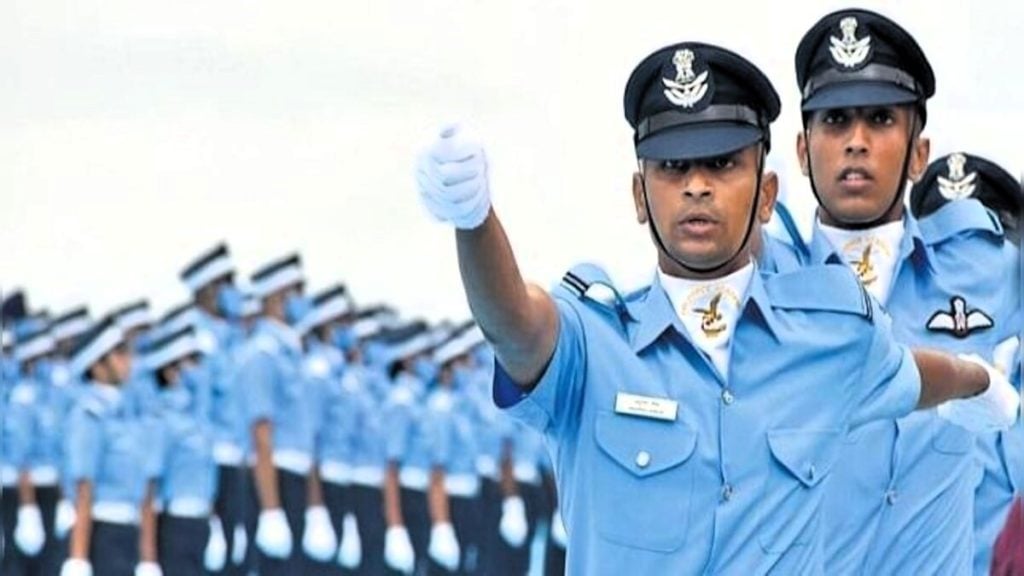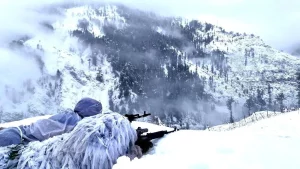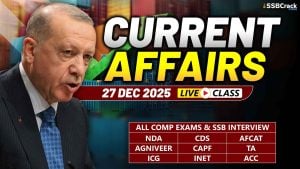Introduction
The Air Force Common Admission Test (AFCAT) serves as the gateway for individuals aspiring to soar the skies as pilots in the Indian Air Force (IAF). It opens doors for candidates to fulfill their dreams of a disciplined life filled with pride and dignity, serving in various peace and wartime missions. Among the various branches of the IAF, the AFCAT Flying Branch holds a special allure for those looking to command fighter jets, helicopters, or transport aircraft.
Eligibility Criteria for AFCAT Flying Branch
Age Limit
Candidates aspiring to join the AFCAT Flying Branch must be between 20 to 24 years of age. Those holding a Commercial Pilot License (CPL) can apply up to the age of 26 years, enjoying a relaxation of two years.
Educational Qualifications
The educational standards set by the IAF are rigorous:
- Candidates must have completed their 10+2 with Physics and Mathematics, securing a minimum of 50% marks in each.
- Additionally, a bachelor’s degree with at least 60% marks in any discipline or a BE/B Tech degree with similar marks is required.
- Candidates in their final year can also apply, provided they meet the minimum educational qualifications without any backlog.
Marital Status and Citizenship
Both men and women can apply for the Flying Branch but must be unmarried and citizens of India.
Types of Aircraft in the IAF
The Indian Air Force operates three main types of aircraft:
- Fighter Aircraft: Includes iconic jets like Rafale, Mig 21, Mig 29, Jaguar, Sukhoi Su-30 MKI, and the upcoming Advanced Medium Combat Aircraft (AMCA).
- Transport Aircraft: Essential for aerial operations, these include C-130, C-17 Globemaster, C295, IL-76, IL-78, and the Avro.
- Helicopters: Vital for various missions including disaster relief, IAF helicopters include Apache, Chinook, Prachand, Dhruv, Rudra, Cheetak, and Cheetah.
The allocation of aircraft type to a pilot is based on their aptitude, training performance, and operational requirements of the IAF.
Pilot Aptitude Battery Test (PABT) and Computerized Pilot Selection System (CPSS)
Understanding PABT/CPSS
Candidates recommended for the AFCAT Flying Branch must undergo the Pilot Aptitude Battery Test (PABT) or the Computerized Pilot Selection System (CPSS). These tests evaluate cognitive and psychomotor abilities critical for flying. It’s crucial to note that these tests are a one-time opportunity—if unsuccessful, candidates cannot reappear.
Preparation Tips for PABT/CPSS
- Understand the Tests: Familiarize yourself with the types of assessments involved.
- Physical and Mental Preparation: Ensure fitness and practice stress management techniques.
- Practice Flying Skills: Utilize flight simulators to refine coordination and aircraft control.
- Speed and Accuracy: Practice quick decision-making and precise motor responses.
- Maintain Composure: Stay calm during the tests to enhance performance.
- Follow Instructions: Pay close attention to instructions provided by assessors.
- Problem-Solving Skills: Enhance logical thinking and spatial awareness through exercises.
- Mock Tests: Participate in mock PABT/CPSS sessions to simulate real test conditions.
- Review and Improve: Learn from previous attempts and feedback to refine your approach.
- Stay Motivated: Maintain a positive attitude throughout your preparation journey.
Salary Structure and Allowances
Upon commissioning as a pilot in the AFCAT Flying Branch, officers are ranked as Flying Officers. The salary structure for pilots in the IAF is as follows:
| Rank | Level | Pay Range (Rs.) |
|---|---|---|
| Flying Officer | Level 10 | 56,100 – 1,77,500 |
| Flight Lieutenant | Level 10 B | 61,300 – 1,93,900 |
| Squadron Leader | Level 11 | 69,400 – 2,07,200 |
| Wing Commander | Level 12A | 1,21,200 – 2,12,400 |
| Group Captain | Level 13 | 1,30,600 – 2,15,900 |
| Air Commodore | Level 13A | 1,39,600 – 2,17,600 |
| Air Vice Marshal | Level 14 | 1,44,200 – 2,18,200 |
| Air Marshal HAG Scale | Level 15 | 1,82,200 – 2,24,100 |
| HAG + Scale | Level 16 | 2,05,400 – 2,24,400 |
| VACS/Airforce Cdr/Air Marshal (NFSG) | Level 17 | 2,25,000 (fixed) |
| CAS | Level 18 | 2,50,000 (fixed) |
In addition to basic pay, AFCAT Flying Branch officers receive allowances such as Flying Allowance and Technical Allowance, enhancing their overall compensation package.
Conclusion
Joining the Flying Branch of the Indian Air Force through AFCAT is a prestigious opportunity for individuals passionate about aviation and national service. It offers a challenging yet rewarding career path, where officers not only fulfill their dreams of flying but also contribute to national defense and humanitarian missions. The stringent selection process ensures that only the best candidates become a part of this elite force, ready to defend the skies with courage and commitment.
FAQs
1. How can I join the Flying Branch of the IAF?
To join the Flying Branch, candidates need to qualify AFCAT, followed by the AFSB (Air Force Selection Board) interview. Successful candidates undergo training and are commissioned as officers.
2. What are the eligibility criteria for the AFCAT Flying Branch?
Candidates must be between 20 to 24 years of age (26 years for CPL holders), have completed 10+2 with Physics and Mathematics, and hold a bachelor’s degree with at least 60% marks. Final-year students can also apply.
3. What types of aircraft do pilots in the Flying Branch fly?
Pilots in the Flying Branch operate fighter jets (like Rafale, Su-30 MKI), transport aircraft (such as C-130, C-17), and helicopters (like Apache, Chinook).
4. What is PABT/CPSS in the AFSB interview?
PABT (Pilot Aptitude Battery Test) or CPSS (Computerized Pilot Selection System) assess cognitive and psychomotor abilities crucial for pilots. It’s a one-time test, and failure disqualifies candidates from becoming pilots.
5. What is the salary of a pilot in the AFCAT Flying Branch?
A pilot starts as a AFCAT Flying Officer with a salary range of Rs. 56,100 – 1,77,500 per month. In addition to basic pay, pilots receive allowances like Flying Allowance and Technical Allowance.
6. What are the physical standards required for the AFCAT Flying Branch?
Candidates must meet specific physical standards regarding height, weight, vision, and general fitness. These standards ensure that candidates can withstand the rigorous training and operational demands of flying.
7. Is there a bond or commitment period after joining the AFCAT Flying Branch?
Officers in the AFCAT Flying Branch are commissioned under the Short Service Commission (SSC) for an initial period of 14 years. Extensions may be granted based on service requirements and individual performance.
